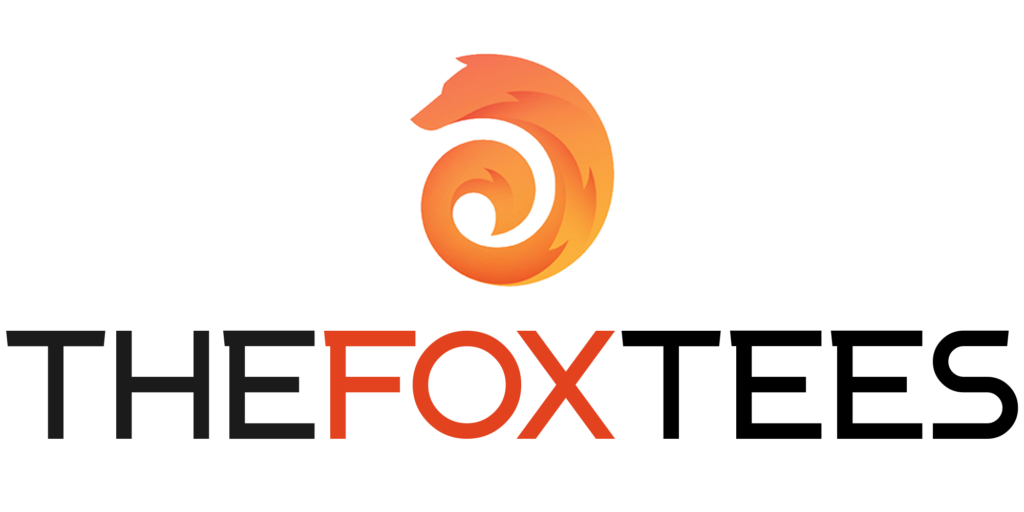Uncategorized
What is Halloween and why do we celebrate it?
What is Halloween?
Many people wonder that “What is Halloween?” Halloween, a holiday celebrated on October 31st, has deep-rooted origins that can be traced back over 2,000 years to the ancient Celtic festival of Samhain. This festival marked the end of the harvest season and the beginning of winter, often associated with death in Celtic tradition. Celts believed that during Samhain, the boundary between the living and the dead blurred, allowing spirits of the deceased to return to the earth. To protect themselves from potentially harmful spirits, the Celts would light bonfires and wear costumes made of animal skins to disguise themselves.
As Christianity spread across Celtic lands, the early Church sought to Christianize pagan festivals. In the 8th century, Pope Gregory III designated November 1 as All Saints’ Day, a day to honor saints and martyrs. This new observance co-opted many of the traditions associated with Samhain, and the evening before, October 31, became known as All Hallows’ Eve—later shortened to Halloween. While the religious aspect was emphasized, many of the older pagan customs remained.
Check out the Halloween shirt designs here =>>> Thefoxtees

Halloween Arrives in America
The Halloween we know today began to take shape in the 19th century, particularly in America, when Irish and Scottish immigrants brought their Halloween customs to the United States. These immigrants introduced traditions like “souling” and “guising”, which involved going door-to-door asking for food or coins, dressed in costumes to ward off spirits . These practices evolved into modern trick-or-treating, which gained significant popularity in the mid-20th century as an American pastime.
By the early 20th century, Halloween was becoming a community-centered holiday. Towns held parades, costume contests, and hosted Halloween parties aimed primarily at children and families. While some of the darker aspects of Halloween, like references to ghosts and spirits, remained, the holiday took on a more playful, light-hearted tone.
Today, Halloween is one of the most popular and commercialized holidays in the United States. Retailers and costume manufacturers capitalize on the festive spirit, with Americans spending over $10 billion annually on Halloween decorations, costumes, and candy . Popular culture, with movies like Halloween and iconic symbols like pumpkins and witches, has played a huge role in embedding Halloween into American culture. The modern celebration involves haunted houses, pumpkin carving, and, of course, costume parties.
Why is Halloween so Popular in the United States?
Many factors contribute to Halloween’s popularity in the U.S. For one, it’s a holiday that allows for creative expression through costumes and decorations, providing an outlet for people to embrace fantasy, fear, and fun. Additionally, unlike holidays such as Christmas or Thanksgiving, Halloween isn’t tied to any specific religious or family obligations, making it accessible to a broader audience. It’s a rare holiday where children and adults alike can participate in festivities such as trick-or-treating or dressing up.
Moreover, the commercialization of Halloween, especially with the rise of horror films and themed events, has further cemented its place in American culture. Horror films like Michael Myers’ Halloween or more family-friendly movies like Hocus Pocus add to the holiday’s appeal, keeping it relevant across generations.
Modern Halloween Traditions
- Costumes: From its roots in ancient Samhain, dressing up in costumes has evolved into one of the defining features of Halloween. Originally meant to confuse spirits, modern costumes range from spooky to humorous, with participants embracing a wide variety of themes.
- Trick-or-Treat: A tradition linked to “souling” and “guising,” trick-or-treating involves children going from house to house in costume, asking for candy. This practice became mainstream in the U.S. during the 1920s and 1930s.
- Pumpkin Carving: Carving jack-o’-lanterns stems from an Irish tradition of carving turnips to ward off evil spirits. When Irish immigrants came to America, they found pumpkins more abundant and easier to carve, turning them into the symbol we know today.
While Halloween has its roots in Celtic and Christian traditions, the modern holiday has spread across the globe. Countries like Canada, Ireland, and even parts of Asia have embraced the festivities, adapting them to fit their own cultural contexts. In many places, Halloween is viewed as a fun, secular event rather than a religious one.
Why do we celebrate it?
In modern times, Halloween is celebrated with a mix of costumes, pumpkin carving, haunted houses, and trick-or-treating, making it a beloved holiday that allows for creativity, expression, and entertainment. Though its religious origins have faded for most, Halloween remains a significant cultural event, especially in the United States, where it has become highly commercialized.
Conclusion
Halloween’s journey from an ancient Celtic festival to a modern, global celebration is a testament to its adaptability and widespread appeal. Whether through costumes, trick-or-treating, or haunted houses, Halloween continues to capture the imagination, offering a mix of tradition, fun, and fright each year.

